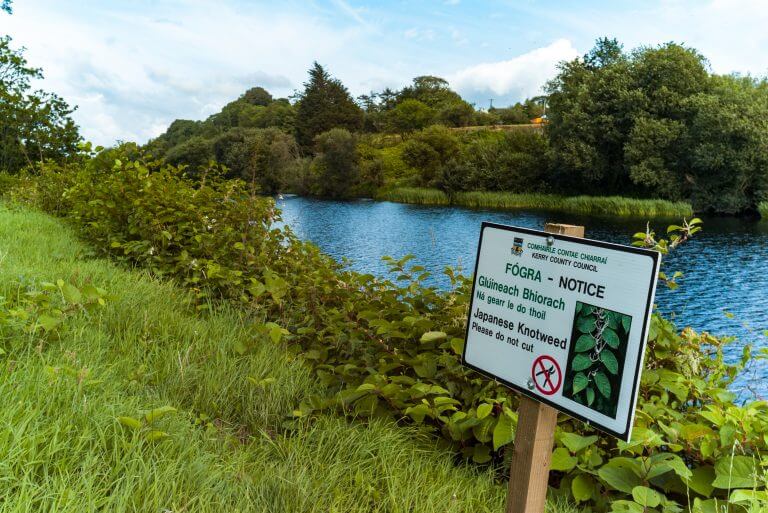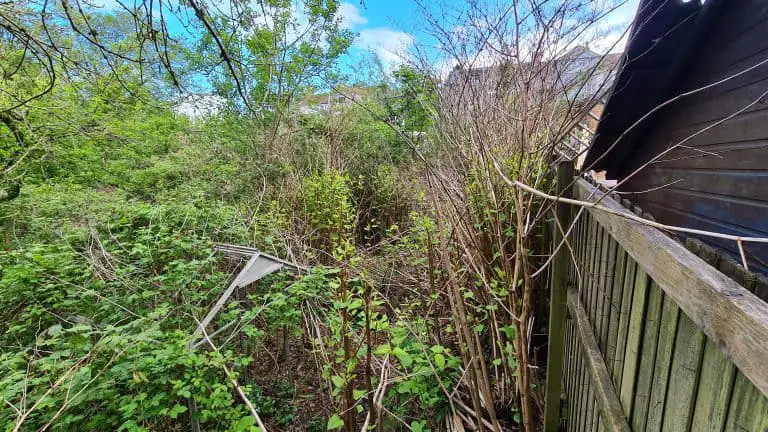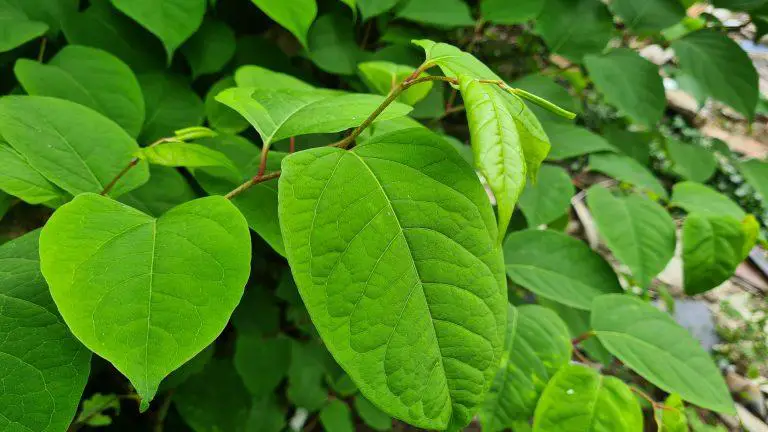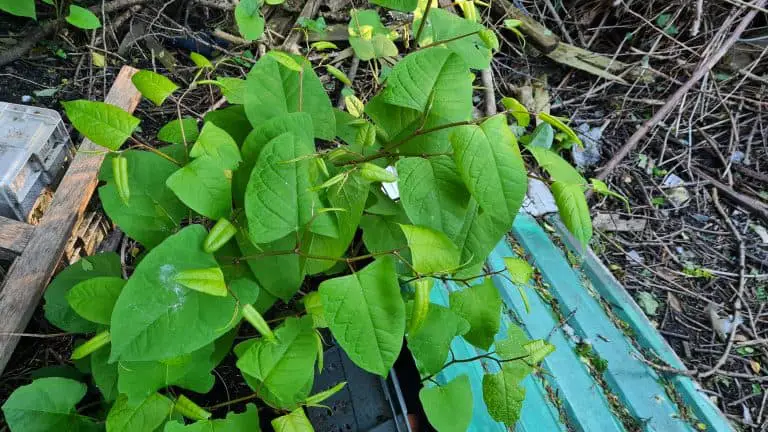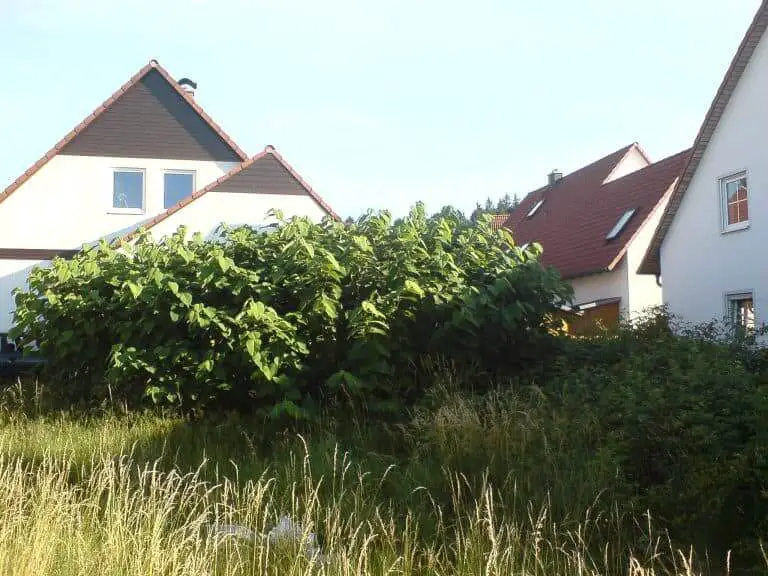Japanese knotweed is one of the most fast-growing plants that there is in the UK. The plant spreads rapidly and can cause damage to various types of infrastructures. The Japanese knotweed goes through various exciting changes during June.
You will notice that the Japanese knotweed in June is quite different from that of other months of the year.
In this article, we shall discuss how to identify the plant quickly and what you can do about it.
Identifying Japanese knotweed in June
Japanese knotweed identification is not easy as several plants can be mistaken for it. The plant undergoes several changes throughout the year but what should you expect to see in June?
- The knotweed proliferates in spring. During this period it grows up to 10cm per day. In late spring, this weed measures about 3 meters.
During early summer in June, the knotweed’s leaves are shovel-shaped and bright green. The leaves measure about 20cm at this time. By June the stem begins to change from green to brown as the leaves broaden. The knotweed is likely to be 3 meters tall by the end of June.
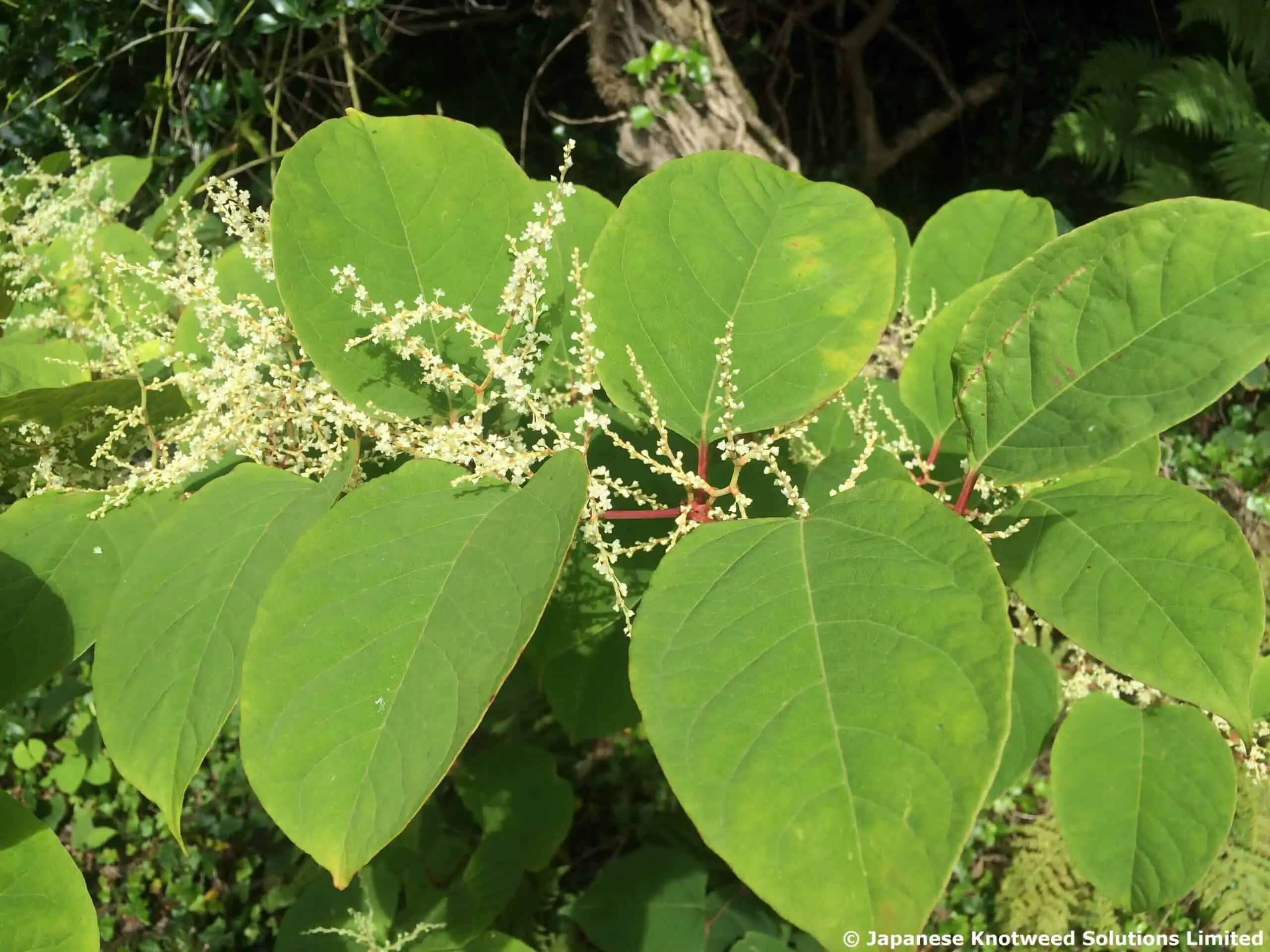
What to do after you identify Japanese knotweed
The Japanese knotweed is a potential risk if found within 10 meters of your house. The plant is challenging to get rid of. Environmentalists term the removal process as a marathon and not a sprint.
The elimination process should be slow and steady, ensuring that there is some progress every step of the way. We have listed some treatments that you can try to get rid of this invasive plant.
1. Notify your neighbours
This may not be an effective method of Japanese knotweed removal but this is where the fight begins. The first step in dealing with weed is to identify the problem. Identifying the plant might be challenging, but with the help of a weed specialist, you will be able to know what you are dealing with.
When it comes to Japanese knotweed management, the earlier, you act the better for you and your neighbours. This is why you should never hesitate to reach out to them, educate them on the potential damage of the weed and plan how to control the spread.
2. Stem cutting
Cutting down the weed majorly involves carefully pruning the shears; it should be done in a way that the stems are brought down to the ground as much as possible. You should also ensure that you remove each cut piece as the plants can grow and spread rapidly within a short time.
The pruning process should be repeated after about three weeks or as soon as the weed appears in spring. Remember to dispose of the weed waste properly; the UK laws classify the weed as controlled waste. Careless disposal can lead to hefty fines.
Please do not put this weed in a composite pile, and it will without a doubt spread so fast. Contact your local landfill dumping site and inquire whether you can dispose of your waste at the site.
- You also have the option of pilling up and drying the stem on plastic.

3. Barrier sinking
The Japanese knotweed rhizomes are aggressive and will try to get out of the area you may have covered as a way of controlling the weed. It would help if you sank a barrier deep into the ground around the surrounding covering.
This method was initially used to manage the bamboo plant. However, it can be used to control an invasive plant. All you have to do is sink a sturdy liner into the dugout to prevent further spread as you try to control the initial infestation.
4. Covering
This method involves spreading a cover on the young weed. Using a heavy black cover ensures that the weed is deprived of the necessary growth conditions such as moisture, air and sunlight. Remember to weigh the lid down with some bricks to ensure that it remains in place for as long as possible.
The cover should be left on the vegetation until spring is over. This is because the plant grows immensely during spring through to autumn.
5. Use of herbicides
Using herbicides is the most effective knotweed removal solution and an affordable one at that. There are several herbicides on the market. However, much success has been achieved with glyphosate-based killers.
The downside of this method is that it takes a long time before you can truly see the results. Hiring a professional company will ensure that the process is carried out correctly, thus success in the end.
The Japanese knotweed can be controlled using herbicides; timing is always the key. During the spring, the plants suck up all the nutrients from the root system for growth. In summer, the plant strives to store as many nutrients as possible in the rhizome.
This is the reason why you have to wait until the weed flowers to prevent effects on pollinators. The herbicide containers come with detailed instructions that you need to adhere to. Hiring an expert is still one of the wisest decisions you will have to make when it comes to Japanese knotweed elimination.
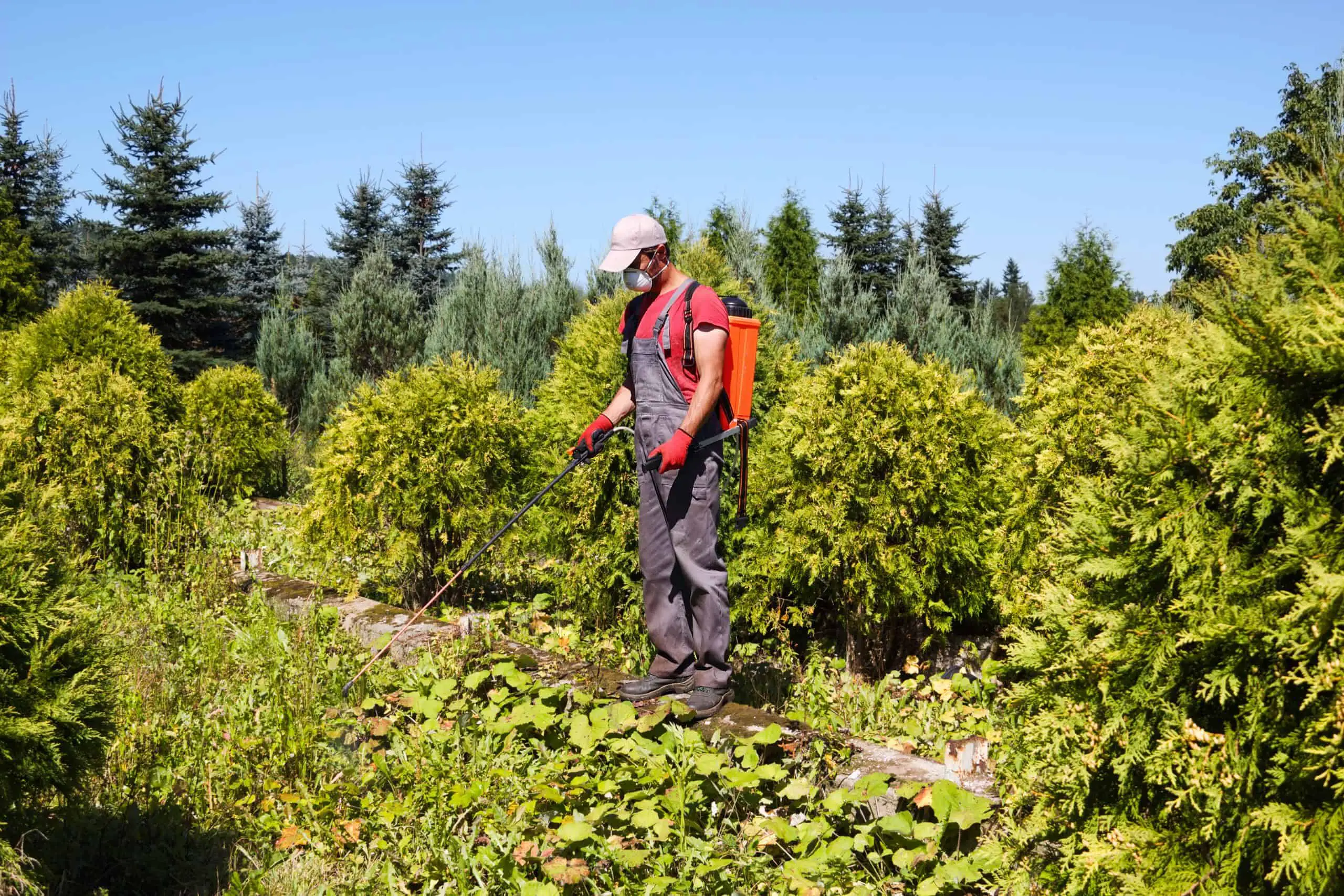
6. Excavation
Excavation is done by digging the plant and its roots out from the ground using heavy machines. This is one of the fastest methods of knotweed removal. However, this is an ideal method for small to medium-sized land.
It is discouraged in large areas since it is challenging to ensure that the entire root system is excavated. Additionally, it is not advisable to transport the weeds waste due to the high risk of spreading it to a new uncontaminated area.
It is essential to hire a Japanese knotweed removal company to help you determine if this method is ideal for the size of your land. The dig-out method of knotweed removal is the best option for getting rid of new Japanese knotweed infestation.
The use of herbicides is recommended for established infestation.
Want to know more?
Knotweed Removal aims to provide the most up-to-date information, help and advice for YOU to make informed decisions. If you are unsure or uncertain about how to proceed, please reach out to us and we will gladly come back and advise you as best we can.
Governmental advice can be found here and the UK law covering the removal of Japanese Knotweed as stated under the Wildlife and Countryside Act 1981 can be found here.
The best means to contact us is via our email – hello@knotweedremoval.tips
Do not forget we have a library of blogs covering many areas relevant to Japanese Knotweed, our free downloadable How-to Guides and Product Reviews on the latest methods being employed to eradicate or remove Japanese Knotweed.
Knotweed Removal, UK

